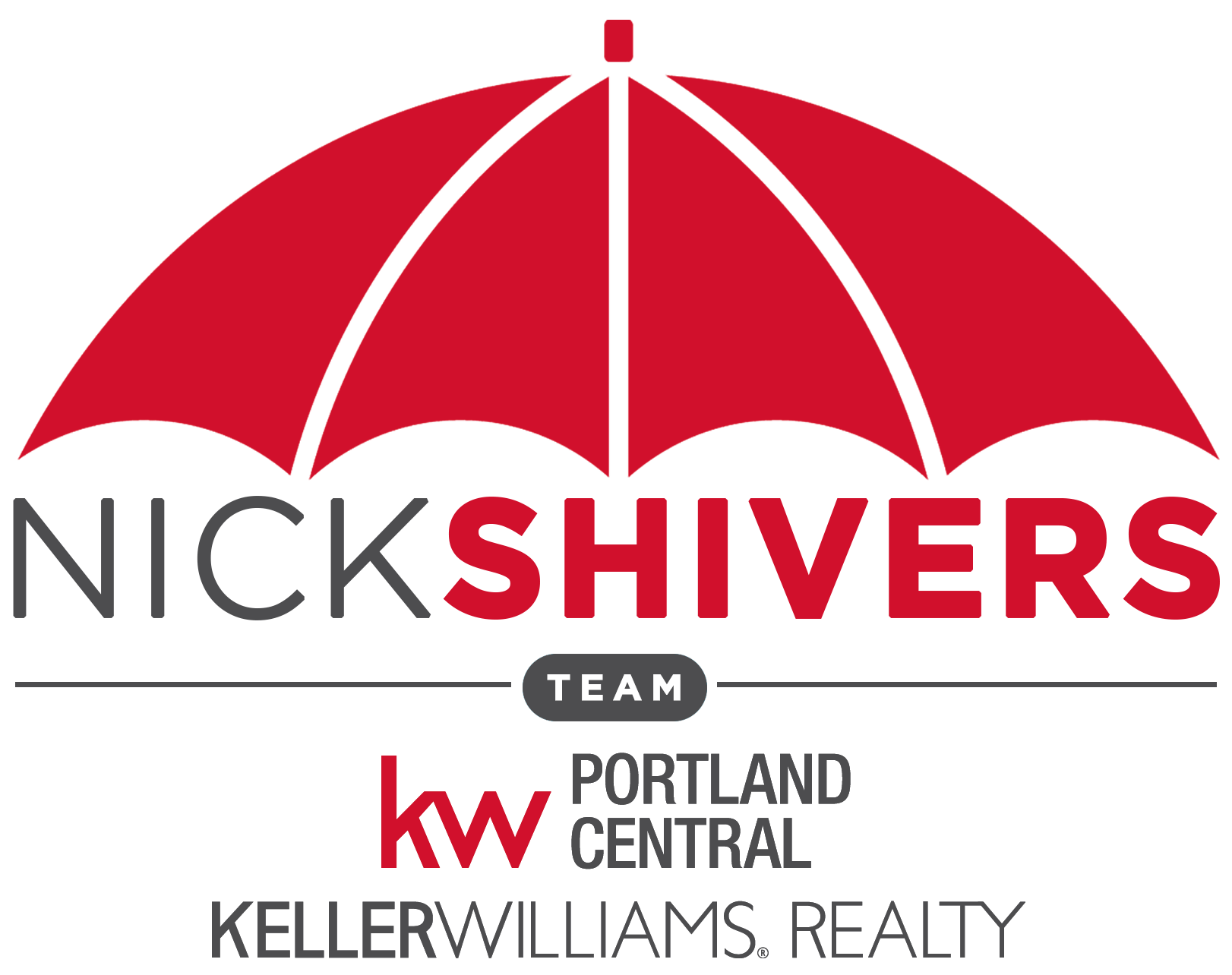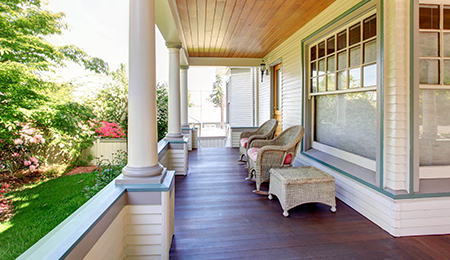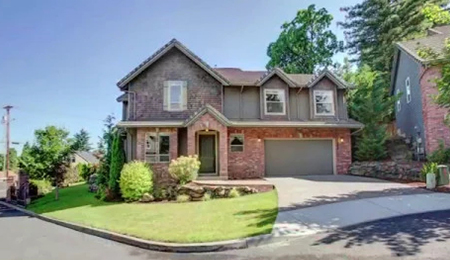Here’s the actual data on our market and why it’s not headed for a crash.
There’s a lot of talk about our “housing bubble” bursting. People are worried about forbearance being extended. They are saying that when it ends, it’s all going to happen at once. Let’s take a look at the real data and talk about the differences between now and 2006.
The first thing we want to look at is credit availability. There were $378 billion worth of loans with people whose credit score was below 620 back in 2006. In the last year, there were only $74 billion in that same situation. Lending processes are much more strict, and the requirements for down payments are significantly higher.
Affordability is different too. We’re below a 3% interest rate now compared to about 5.65% in 2006. This means that even with prices starting to creep up and lower affordability, it’s still significantly higher than it was in 2006.
Supply and demand is a huge factor as well. During August our demand has been slowing down a little bit, but it’s still historically good. For 13 years since 2004, we have had below-average new-home construction. Due to this, we simply do not have the supply of homes today to meet the demand, and it’s going to be a long time before this catches up.
“There is almost no way we will see anything like we did in 2006 and 2007.”
Lastly, let’s look at the people in forbearance. Out of the two million people in forbearance, only 17.2% of them are predicted to be in a distressed situation, meaning they still can’t make their payments. On top of that, 92% have equity in their property.
When you add all of this together, there is simply no way our market will crash like it did in 2007. Hopefully, taking a look at the data helps ease your mind a bit. National news likes to push the headline of a big housing crash, but that just isn’t going to happen.
If you have any more questions about this or anything related to real estate, please feel free to reach out to me. I look forward to hearing from you.




